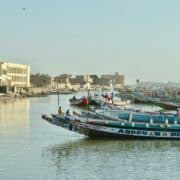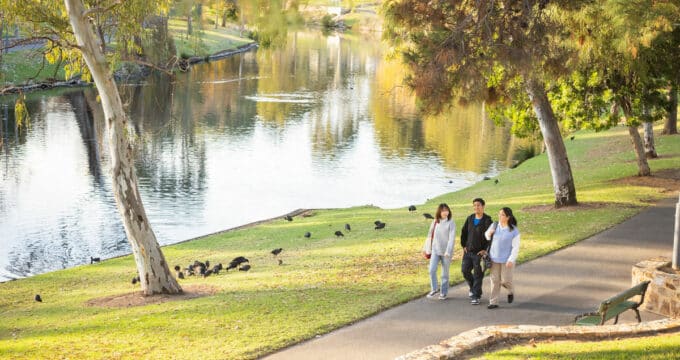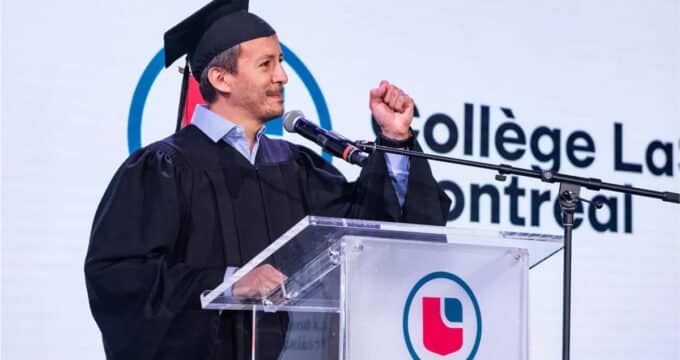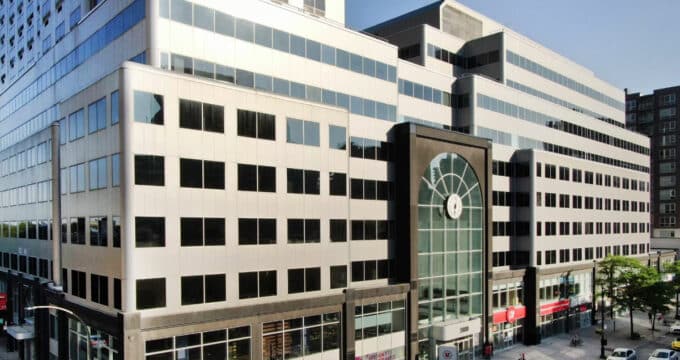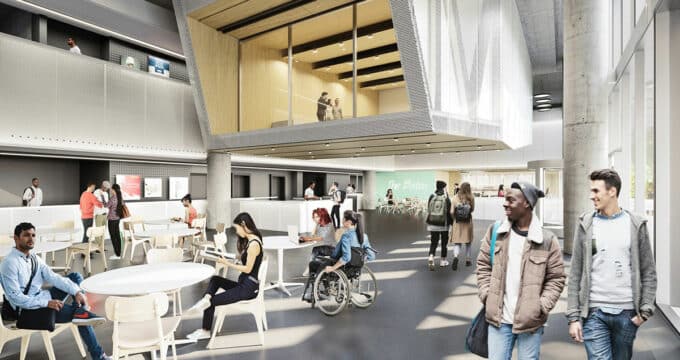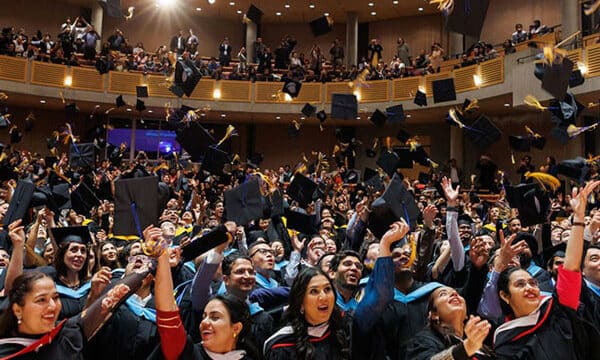British Columbia is Canada’s future-focused study destination
This special feature is sponsored by the British Columbia Council for International Education
Canada has 13 provinces and territories, but one of them – British Columbia – is the destination of choice for one out of every five international students in the country.
BC is Canada's westernmost province and its gateway to the Asia Pacific. It is rightly known as a place of spectacular beauty, but also for the diversity of its regions and student experiences, which range from cosmopolitan Vancouver to the smaller cities and towns found along the coast, in stunning river valleys throughout the province's interior, and in towering mountain ranges.
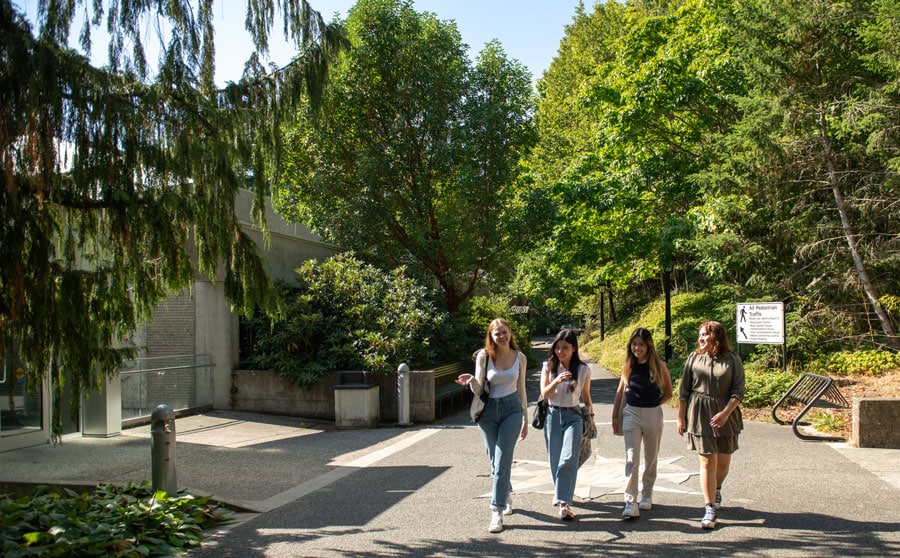
But the BC story goes well beyond those beautiful surroundings. The history of international education in British Columbia reaches back more than 50 years with long-established flows of students from around the world, and correspondingly well-established services and supports for visiting students.
"Students come to BC to pursue their academic goals," says Baihua Chadwick the Vice President International at Thompson Rivers University. "However, we understand that many other factors support their academic success. Support services need to be tailored for international students because most services on college and university campuses are designed for Canadian students. If you are serious about international student success, you must invest in services focused on their unique needs. Our goal is for international students to enjoy all the same services as domestic students on campus but also have access to those dedicated supports that are designed just for them."
"For instance, we must support the cultural integration of our students into the campus and the wider community. At Thompson Rivers, we hire international student advisors (ISAs) from the same cultural backgrounds as our students. We continually build and expand our ISA team based on our current student demographics and anticipated future trends. This ensures that our staff not only speak the same languages as our students but also share similar cultural backgrounds."
That commitment, she explains, extends to housing as well: "Our institutions have an important role to play when it comes to housing. We take responsibility in making sure every student has a place to stay."
That tradition of quality international student services is shared by all 25 public post-secondary institutions in BC – in fact, it is one of the benchmarks used to measure an institution’s eligibility for a provincial quality designation.
Built on quality
Those sophisticated services are built on the long experience of BC educators in working with international students. But they are also underpinned by the quality of British Columbia's education system. There is a remarkable diversity of institutions found throughout the province, including globally ranked research universities, comprehensive universities that are routinely recognised among Canada's best institutions, dynamic polytechnics, and trade and career-oriented colleges.

Collectively, those institutions offer a wide range of programme options at the college, undergraduate, and graduate levels, all of which are backed by a unique mark of quality. BC is the first province in Canada to implement a globally recognised quality standard for post-secondary education: the Education Quality Assurance (EQA) designation. The EQA mark offers international students the assurance that an institution meets or exceeds government-mandated quality standards. In fact, in order to be recognised as a Designated Learning Institution (DLI) in British Columbia – that is, to be authorised to receive international students – an institution must first earn the EQA designation.
"There is something for everyone here," says Leonel Roldan-Flores, AVP International at Douglas College in Metro Vancouver. "And most of all, there is the opportunity for an outstanding experience of study in Canada."
A system that works together
Another thing that distinguishes the BC system is the level of integration and collaboration among its colleges and universities. This is perhaps best exemplified through the BC Transfer System, a comprehensive approach that maps courses and qualifications at one institution to all others across the province.
What this means in practice is that students can begin their studies at one BC institution, and then smoothly transition to another to continue their programme. For example, a student who is new to Canada may choose to begin degree studies at a smaller college or polytechnic where the transition to life and study can be easier, where tuition costs may be a bit less, and where individual students can receive more individual attention and support. And then, after having made that transition successfully, the student may choose to transfer university to complete their degree studies.
By the same token, a student who begins a programme at a large research university, can also easily transfer to a polytechnic or college, whether to take advantage of additional student supports or to access a more specialised programme. That smooth student movement throughout the system is enabled by the BC Transfer System, an approach that is unique within Canada and that has been characterised as the best college-to-university transfer system in North America.
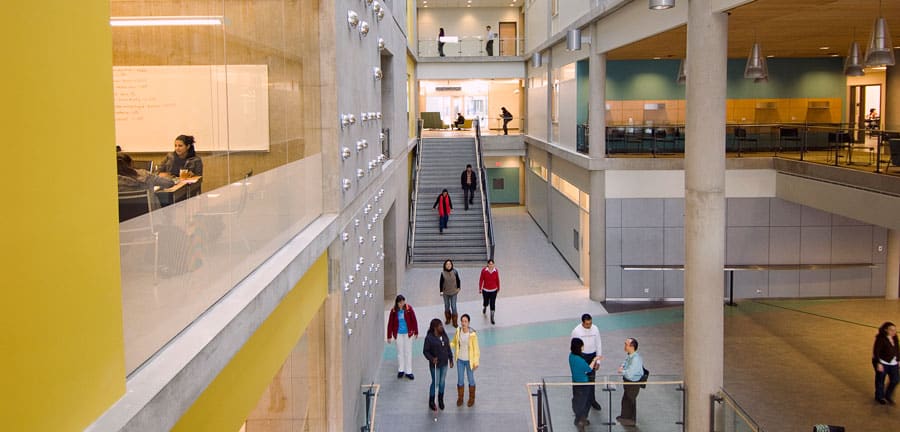
"People don't believe you when you tell them how easy it is to move within the system," says Geoff Wilmshurst, an experienced international educator and Vice President at Camosun College who is currently seconded as a Special Advisor to the Government of British Columbia.
"But it's not that complicated at all. In fact, the Transfer System is really a very simple thing: it comes down to institutions agreeing that course content is the same from one campus to the next.”
"The system functions extremely well,” he adds. “And we see large numbers of students going from colleges to universities. You can come to BC, begin your studies at a smaller institution and then quite easily transfer to a larger, highly ranked university to finish your degree."
Perhaps the more important thing to recognise in all this is that a special feature like the BC Transfer can only exist because of the strong connections and collaborations among institutions across British Columbia.
"We have a really collaborative approach to post-secondary education in the province,” adds Mr Wilmshurst. “And there is a lot of collaboration between institutions. We have 25 public institutions that are mostly within 400 km of each other,” he says with a smile. “And we meet regularly and talk."
Preparing for the future
In 2024, international student recruitment in British Columbia is becoming even more focused on student outcomes and on supporting students in making the transition to employment after their studies. This reflects in part in the new linkages that are now being built between fields of study that lead to careers in areas where there is notable labour market demand, both in Canada and in the students’ home countries.
Some priority areas in this respect include health care, education, human services, and science and technology fields. Those sectors are in focus in spring 2024, for example, when BC will host a delegation of educators from the Philippines to explore opportunities for new partnerships and collaboration. That special summit in BC is expected to lead in turn to a similar mission by BC officials and educators to the Philippines in 2025.
“We think this is an innovative new model for building links and well-articulated programmes with colleagues around the world,” says BC Council for International Education Executive Director Dr Randall Martin. “The goal is to provide education opportunities and links to careers for students both in Canada and at home, and we see a lot of room to extend this high-level collaboration to other countries as well.”




